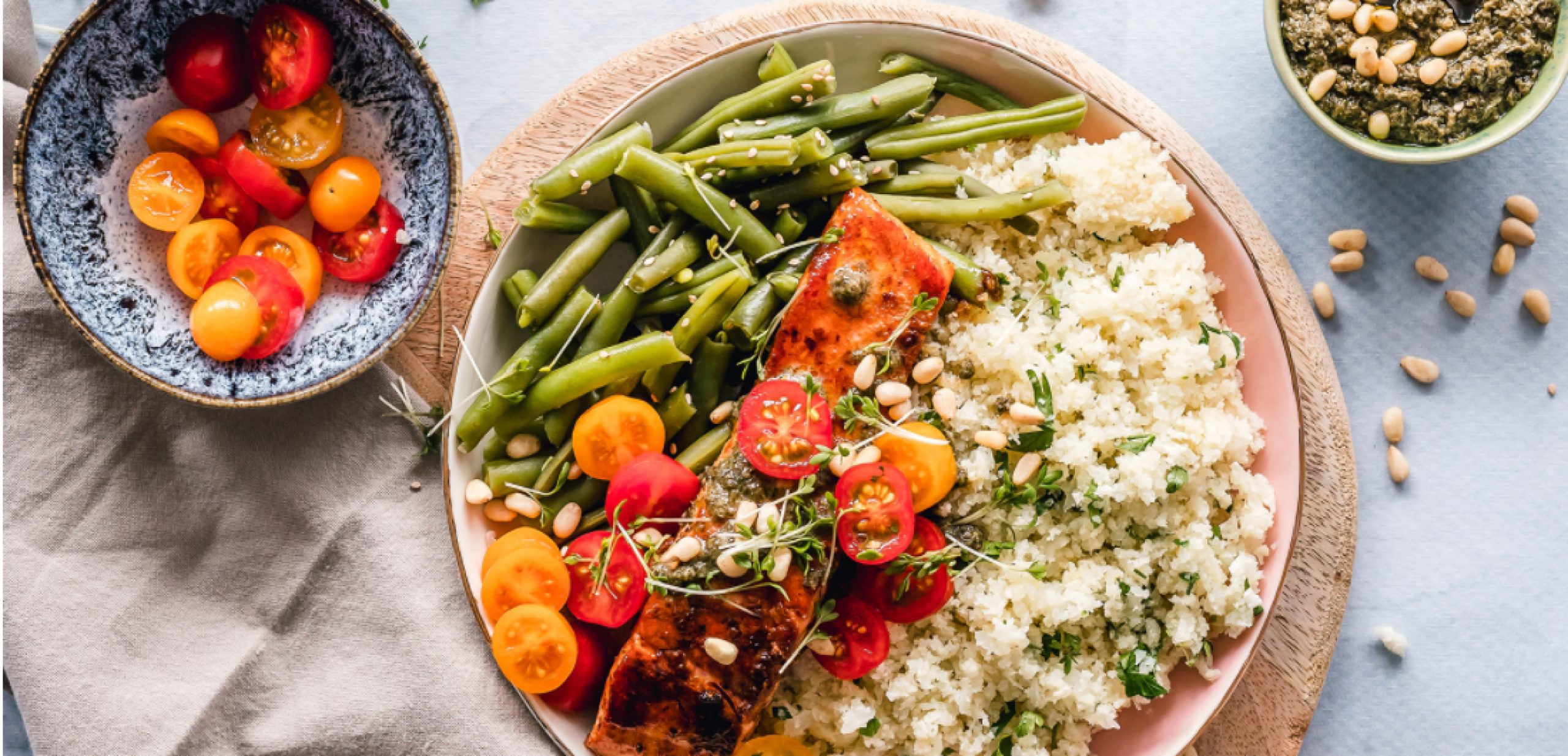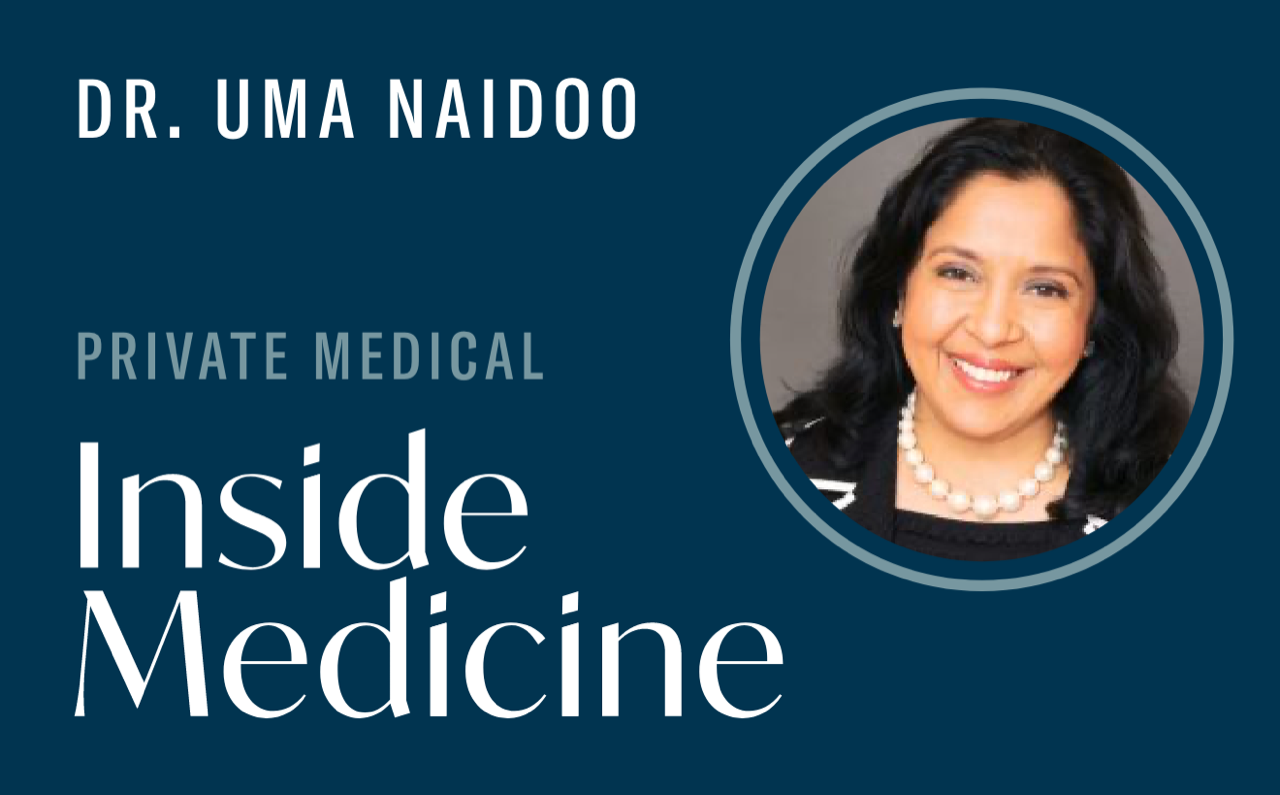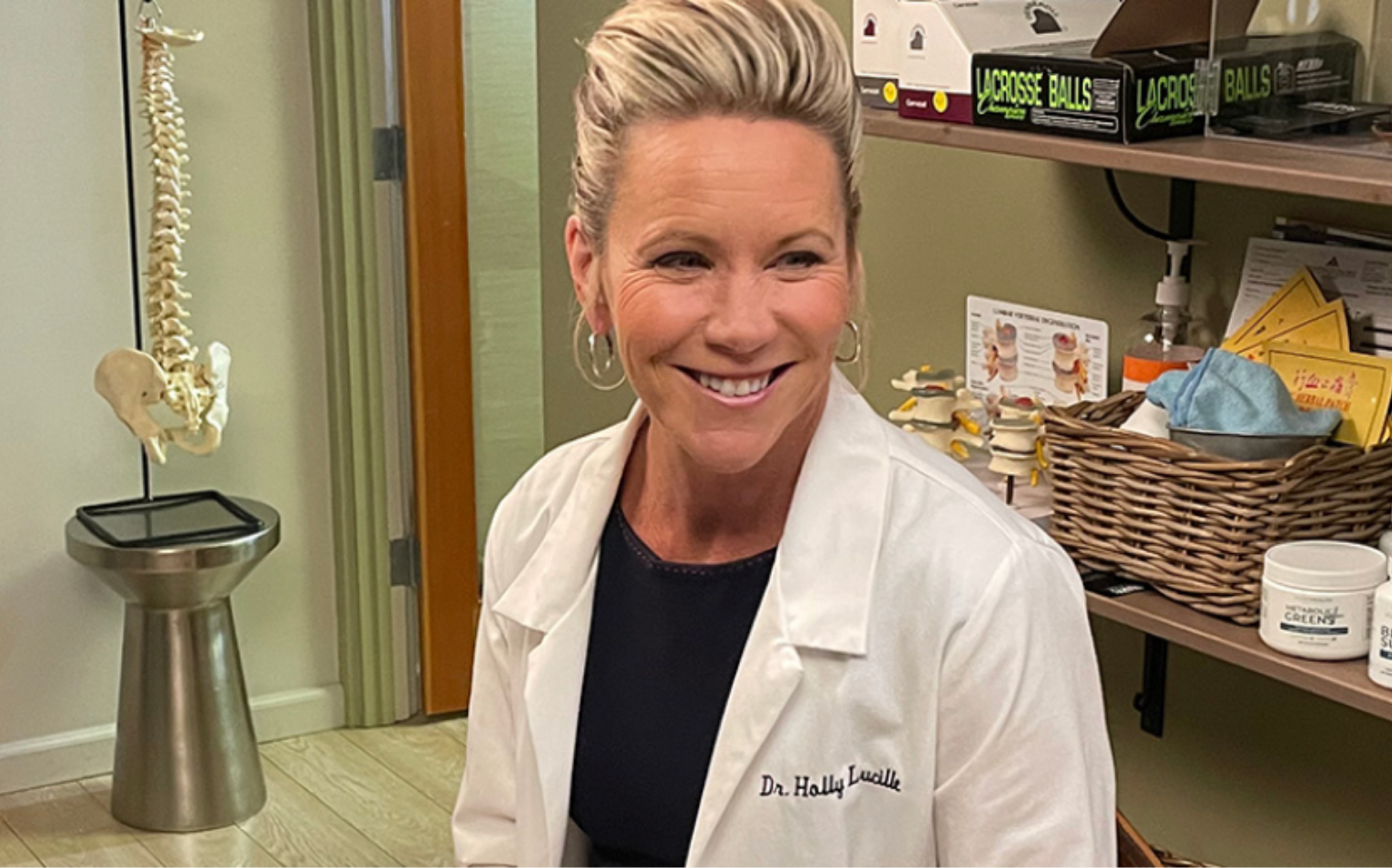How COVID has illuminated nutrition’s role in other health issues
“During the pandemic there was still a steady stream of food, but the foods that people were choosing were all the wrong ones,” says Dr. Robert Lustig. People were stocking up both on processed foods with a shelf life (“because they were afraid they were never going to go out again”) and “high-reward items” — foods with mostly refined carbohydrates and sugar. “People cast their fate to the wind,” he says. “‘If I’m going to die, I’m going to die fat and happy.’ ”
One major lesson from this past year is “that food won’t necessarily determine whether you get infected or not, but food will determine whether you die or not.” Aside from the elderly, the major demographics with the highest mortality during COVID were people of color, the obese, and those with preexisting metabolic conditions (diabetes, hypertension). “What do these demographics share?” asks Dr. Lustig. “Processed food. And processed food actually increases your risk of dying of COVID.”
This works in three separate ways. One is that these foods increase insulin levels, thereby increasing the number of ACE2 molecules (a portal that the virus uses to enter the body). This increases your risk of overwhelming infection. The second way is high glucose levels, which hold open the ACE2 portal, making it easier for the virus to take over cells. The third way is a lack of fiber in the diet, which ultimately leads to the inability to tamper down the overwhelming immune response that is fatal in many COVID patients.
“You have to feed your gut so your gut will leave your intestine alone.”
This last year “exposed our food system as two-tiered,” says Dr. Lustig. “Unfortunately, one tier was contributing to disease, and the other one was actually saving you from it. And we realized that this was just another social inequity that has been swept under the rug.”
The basic precepts of gut health
“The question is: How do you know when something is healthy?” says Dr. Lustig. Everyone will tell you different things, including the FDA and USDA. “The argument that I make is that there are really only two precepts that you have to satisfy: protect the liver, feed the gut.”
“You have to feed your gut so your gut will leave your intestine alone,” explains Dr. Lustig. “The gut eats fiber. Fiber is the food for the bacteria [in the gut].” When you deprive bacteria of fiber, they begin to feed on the first layer of the intestinal epithelial cells, which is meant to provide a barrier to the intestine. “This has been shown to cause leaky gut, irritable bowel syndrome, inflammatory bowel disease, and possibly food allergy,” says Dr. Lustig.
Resetting your digestive health (in under two weeks)
According to Dr. Lustig, achieving a metabolic reset starts with the above precepts: protect the liver, feed the gut. “You can fix the intestinal microbiome in two days with a high fiber diet,” he says. “And you can fix the liver — the fatty liver and the insulin resistance — in nine days by getting rid of the added sugar.”
“Everyone can contribute to their own improvement and health,” he says. And the way to do that is to eat real food: foods that don’t have a label, food that came out of the ground, animals that ate food that came out of the ground (grass-fed), food that you find at the edges of the grocery store. “There’s no reason for anybody to be saying, ‘Oh, it’s a done deal. There’s nothing I can do about it. I’m just born this way.’ That’s not true.”
A new way to classify foods
One way to measure your intake of real food is to use a new system developed by Dr. Carlos Monteiro in Brazil. “The Nova System does not talk about food, it talks about food processing. There are four classes of food in the Nova System,” explains Dr. Lustig.
Using an apple as an example, group one would be a whole apple. Group two would be apple slices with honey. Group three would be applesauce. Finally, group four would be an apple pie. “What Carlos has shown is that only group four can convey disease — the ultra-processed food category,” says Dr. Lustig. “When you start combining ingredients, when you use macro-nutrients separated from their food matrix so they can be frozen separately and re-concocted into wild new things — this leads to the greater increase and risk for cancer, diabetes, heart disease, and mortality.”
A healthy diet contributes to better mental health and a lower risk of auto-immune disease and food allergies
Eating real food is a major contributor for preventing larger health issues. “Ultra-processed food may not be the primary cause of depression, but it is certainly not helping,” Dr. Lustig says, noting its correlation to insulin resistance, which drives depression.
Other issues that ultra-processed foods could contribute to include autoimmune disease like rheumatoid arthritis and ankylosing spondylitis. These diseases “get worse when you eat refined carbohydrates because you’re feeding the bacteria in your gut that the immune system is attacking,” he says. “You’re basically driving the antibody response. If you pull back the refined carbohydrate, those bacteria recede and the disease process gets better.”
It’s also likely that food allergies are correlated with leaky gut (pieces of food that are not completely digested and leak into the bloodstream). “The immune system will see those pieces as foreign, generating an antibody response,” says Dr. Lustig. Those pieces of food should have been broken up into their component amino acids. But if a piece of protein gets absorbed before it’s digested, then the immune system will see it as foreign. This can also lead to autoimmune issues where those pieces of food look like a joint or a vertebrae, causing the immune response to attack the body too.
“The goal is for your body to completely digest and absorb all the food down to its absolute minuscule amounts before they get across,” says Dr. Lustig. “If you breach that intestinal barrier, all sorts of bad things can happen. That’s why you have to feed the gut.”







